Self-Cleaning Ants
Correction (July 09, 2025): Updates on how $\tau$ was being computed through the count of frames (e.g. as in the following script). Now corrected to
τ = len(frames) - 1, not counting initial empty frame. Along with a few minor tweaks and additions.
Relevant preceding posts here, here and here.
Consider again a score function $\Sigma(n)$ which for a given $n$, outputs the number of 1’s (or marked states) left by the ant on the landscape at the end of the run. A self-cleaning ant (in a similar manner to the use of the term self-cleaning Turing machines) is one for which $\Sigma(n) = 0$. Unlike Turing machines, for which the symbols left on the corresponding tape affect the dynamics, dictating state-transition, here the dynamics of the ant are purely dictated by the collatz function for the corresponding $n$. The landscape is a by-product of such.
Anyways. $1704$ is an example of a self-cleaning ant, with a stopping time of $τ = 16$. Represented next is the corresponding landscape:
One would perhaps wonder if these self-cleaning ants are rare or not, and what their distribution is. Well from $n = 2$ to $n = 10^{6}$, we have the following (and with respective stopping times):
- Powers of 2 marked with *
| $n$ | $τ_{n}$ |
|---|---|
| 256* | 8 |
| 1704 | 16 |
| 1813 | 16 |
| 2009 | 24 |
| 10880 | 16 |
| 12056 | 24 |
| 65536* | 16 |
| 72808 | 24 |
| 72817 | 24 |
| 77136 | 24 |
| 85717 | 32 |
| 91744 | 32 |
| 101581 | 40 |
| 436224 | 24 |
| 436904 | 24 |
| 464128 | 24 |
| 464213 | 24 |
| 465568 | 24 |
| 504712 | 32 |
| 514304 | 32 |
| 514389 | 32 |
| 548400 | 32 |
| 548557 | 32 |
| 586561 | 40 |
| 609488 | 40 |
| 609745 | 40 |
| 785605 | 56 |
A mere 27 self-cleaning ants from a set of one million ants? And also only two of these are powers of 2. For a (trivial) self-cleaning ant, which would inherently be a power of 2, we would need two full rotations of the ant. The first one to mark the states, and the second to delete them. Consider the first example of a trivial self-cleaning ant, $n = 256$:
In fact, the trivial self-cleaning ants would be easy to predict and would be given by $n = 2^{8k},\, k ∈ \mathbb{N}$. With $k = 1$ we have $n = 256$, with $k = 2$ we have the other self-cleaning ant we see $n = 65536$, with $k = 3$ we would have $n = 16777216$, and so on.
For the non-trivial ones, presumably there isn’t such an easy pattern. We can of course group these self-cleaning ants (trivial ones included) by their corresponding stopping times $τ$ according to a parameter $j ∈ \mathbb{N}$, such that $τ = 8j$.
It’s important to note that this doesn’t mean that the corresponding landscapes are going to be the same. Take into account some of the examples for which $τ = 40$ with $j = 5$:
| $n = 586561$ | $n = 609488$ | $n = 609745$ |
|---|---|---|
 |
 |
 |
Additionally, one might think that these self-cleaning ants are going to behave pretty much like the example shown above of $n = 1704$, but these can start showing some interesting behaviour. Consider $n = 785605$:
